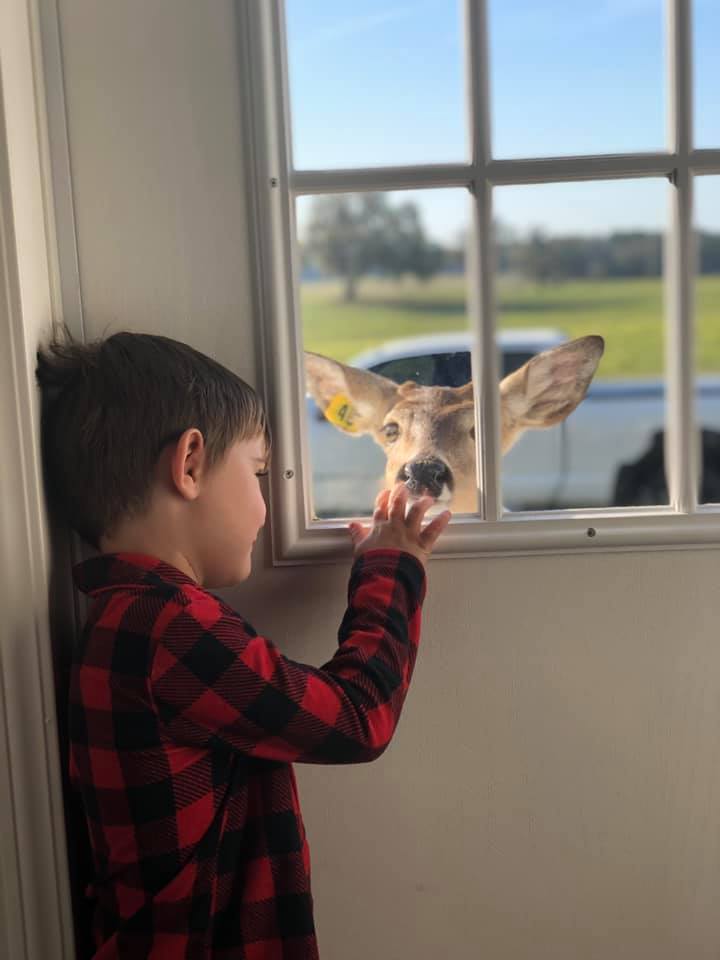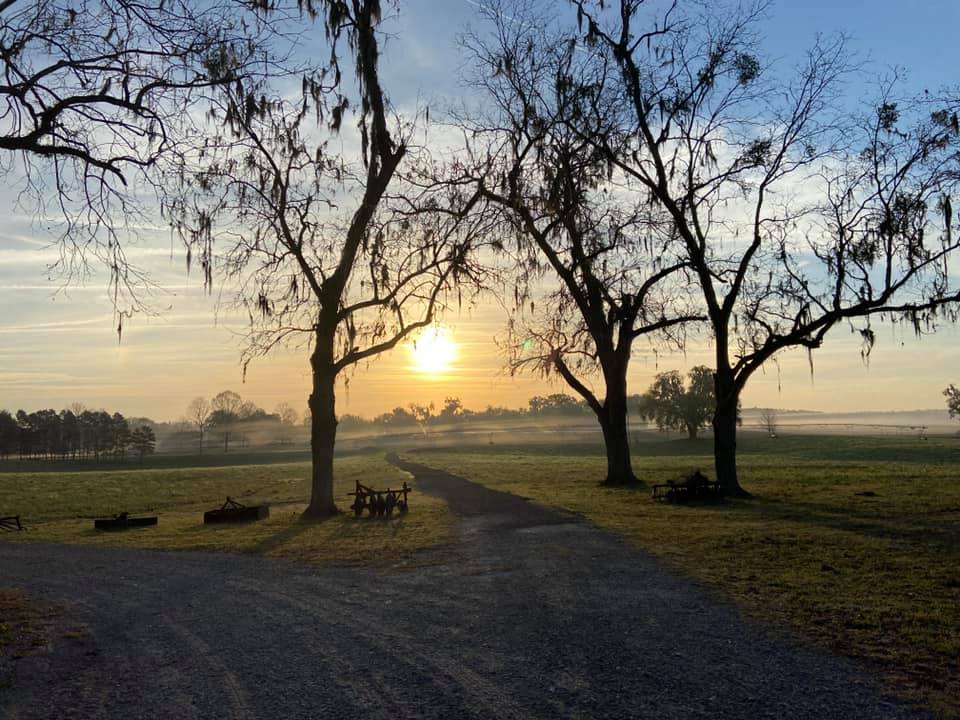
Whitetail Deer Information
Whitetail deer vary in color from reddish brown in the summer, to grayish brown during the winter months. Whitetail have patches of white fur around their eyes, muzzle, and throat, as well as on their underbelly and under their tail. When a whitetail deer is startled, it will raise its tail to expose the white underside. This signal serves as a warning for other deer, and this instinct gives the whitetail deer its name. Whitetail deer are the smallest members of the North American deer family. Male whitetails, or “bucks,” range from 100 to 300 pounds, while females, or “does,” range from 75 to 200 pounds. The average height of a full grown male whitetail is approximately 6 to 7 foot.
Whitetail Deer Facts & Fun
- Few whitetail deer live more than 5 years in the wild. Some whitetails have been found to be up to 11 years old in the wild, and domesticated deer have lived up to 20 years.
- Whitetail deer are pretty fast. A whitetail deer can run at speeds of up to 40 miles per hour, and swim at speeds of up to 13 miles per hour.
- Whitetail deer have a very long stride when running, up to 25 feet.
- Whitetail deer have an extremely diverse diet, and have been known to eat over 600 different plants. They love to eat acorns, grasses, leaves, crops like soybeans and corn, berries, twigs, fungi, fruit, and nuts.
- Whitetail deer have a four chambered stomach, which allows them to digest extremely tough vegetation. They will eat quickly without chewing while feeding, and later they will cough their food up and chew it.
- Whitetail deer have highly specialized teeth to help them with their diet. Whitetails have sharp incisors for biting through tough vegetation, and big molars for grinding it up when they chew.
- Whitetail deer can eat many mushrooms which are poisonous to humans.
- The whitetail’s coat will change with the seasons, from reddish brown in the spring and summer when vegetation is growing to grayish brown in the winter. This helps the deer to stay camouflaged all year round. The change in color happens quickly, usually in 1 or 2 weeks.
- Whitetail bucks will shed their antlers in the winter, like most other species of deer. If a whitetail buck is diseased, they may drop their antlers in the spring or summer.
- During the spring whitetail bucks will grow antlers at a very rapid rate. Some sub-species of whitetail deer will grow antlers at a rate of 1 inch per day.
- During the spring and summer whitetail deer antlers are covered with a highly vascularized tissue called velvet. This velvet will dry out, and the antlers will harden in the fall.
- Hardening of the antlers happens due to calcification, which occurs when testosterone levels in bucks rise during the fall right before and during mating season.
- Whitetail bucks will use their antlers to fight with each other during the “rut” when they are competing for does. The sound of antlers clashing can attract does who are in heat.
- Some whitetail bucks, known as “spiked” bucks, will never grow antlers much bigger than 3 inches.
- In rare cases, female whitetail deer can grow antlers due to abnormally high levels of testosterone.
- Shed whitetail deer antlers are rarely found in nature, they are often eaten by rodents and other small animals because they are rick in calcium and other nutrients.
- Whitetail deer fawns are normally born sometime between late April and early May.
What Do Whitetail Deer Eat?
The whitetail deer is a herbivore, and grazes on most obtainable plant foods. With their diverse diet, they have been known to eat over 600 different plants. They love to eat acorns, grasses, leaves, crops like soybeans and corn, berries, twigs, fungi, fruit, nuts, legumes, bark, and clover.
Foraging times mainly occur at dawn and dusk. This is the time they move about the most, making them neither nocturnal nor diurnal, but crepuscular.
Whitetail deer have a four chambered stomach, which allows them to digest extremely tough vegetation. They will eat quickly without chewing while feeding, and later they will cough their food up and chew it.
They also have highly specialized teeth to help them with their diet. Whitetails have sharp incisors for biting through tough vegetation, and big molars for grinding it up when they chew.

